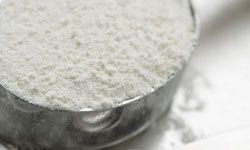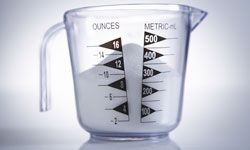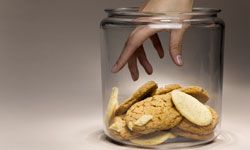There are so many ways for a batch of cookies to go wrong. The little balls of dough spread across the cookie sheet like an oil slick. And by the time the timer dings, a dozen of them have merged into one giant, irregularly-shaped cookie the size of your microwave. Or perhaps the bottoms of your cookies burn to an ominously dark brown and adhere to your cookie sheet for life. Not even a crowbar can sever the bond. It's unnatural.
The point is: Baking isn't easy. Elevating your cookies from barely edible to scrumptious is an oddly difficult experiment in precision and patience. Fortunately, we've enlisted the help of a cookie veteran (and some other sources, too) to provide a few solid tips on how to reach baking perfection. His name is Wally Amos, and you'll recognize him as the man who founded Famous Amos Cookies in 1975, though he has since left that company and formed another in Hawaii -- Chip and Cookie.
Advertisement
You know when you've bitten into the perfect cookie. It crunches ever so slightly. It oozes chocolaty warmth. It tastes buttery and sweet and salty all at the same time. But how do you manufacture these mouth-watering morsels of goodness in your own home? How do you bake perfection? The first tasty tip is on the next page.





